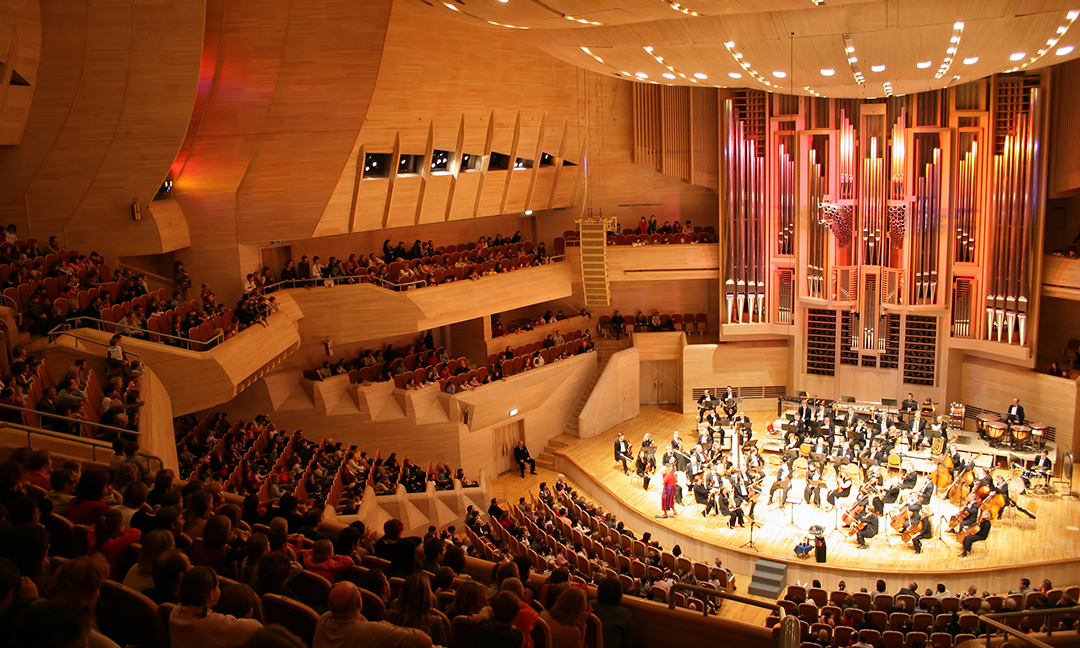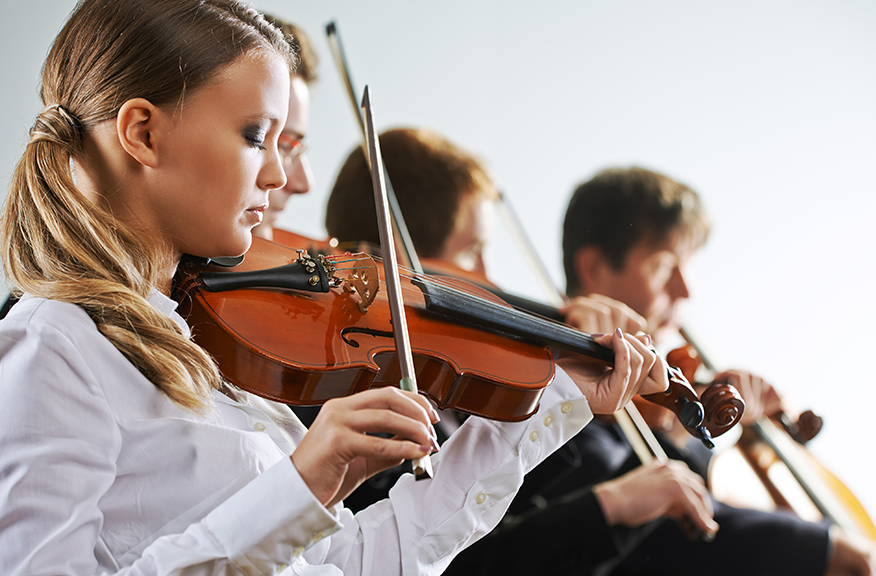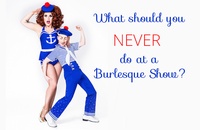GROUPON GUIDE TO CHICAGO
Symphony Etiquette: When to Clap, What to Wear, and How to Cough Discreetly
BY: Editors |Apr 4, 2025
Shop concert deals

Public Enemy - Up to 27% Off
777 Casino Center Drive, Hammond
27% discount_off
Public Enemy at Horseshoe Hammond 2025

Trending
TRAIN w/Barenaked Ladies & Matt Nathanson – Up to 51% Off
19100 South Ridgeland Avenue, Tinley Park
51% discount_off
160+ bought
TRAIN - Drops of Jupiter: 25 Years in the Atmosphere with Barenaked Ladies and Matt Nathanson

Trending
One or Two Tickets to Kashmir - The Led Zeppelin Show on May 3rd
9301 West 63rd Street, Hodgkins • 14.2 mi
20% discount_off
Salerno's Pizzeria & Sports Bar - Hodgkins

Dave Koz & Friends Christmas Tour 2025 - Up to 48% Off
203 N Genesee St., Waukegan
48% discount_off
10+ bought
Dave Koz & Friends Christmas Tour 2025

Xavi: X-Tour – Up to 45% Off
1106 W Lawrence Ave, Chicago
45% discount_off
3 bought
Xavi: X-Tour

The Ultimate Tribute to The Bee Gees - Up to 40% Off
1201 East Market Street, Akron
40% discount_off
9 bought
J Saul Campbell And Co

The B96 Jingle Bash Reunion - Up to 50% Off
5750 Lakeside Drive, Lisle • 24.6 mi
50% discount_off
3 bought
The B96 Jingle Bash Reunion W/ TKA & The Mixmasters

Banda Machos - Up to 0% Off
777 Casino Center Drive, Hammond
$83.80
Banda Machos and La Estrella de Los Bailes

OUT COLD VOL 7 W/ Sickick Live! - Up to 50% Off
5750 Lakeside Drive, Lisle • 24.6 mi
50% discount_off
OUT COLD VOL 7 W/ Sickick Live!
Shop All Live Events

Trending
Immersive Art Exhibits w/ Interactive Fun for 1, 2, or 4 in Chicago
835 Michigan Avenue, Chicago • 1.2 mi
Sale Ends 11/21
The Exhibit House of Chicago – Chicago, IL

Trending
Cinematic Magic Begins with Regal Premiere & Premium Format Tickets
1471 W Webster Ave, Chicago • 3.6 mi
12% discount_off
Regal

Public Enemy - Up to 27% Off
777 Casino Center Drive, Hammond
27% discount_off
Public Enemy at Horseshoe Hammond 2025

Up to 38% Off on Indoor Play Area at Safari Land
701 West North Avenue, Villa Park • 19.2 mi
Sale Ends 11/21
Safari Land

Chicago Wolves Hockey – Up to 29% Off
6920 N Mannheim Rd., Rosemont
29% discount_off
240+ bought
Chicago Wolves Hockey

Trending
Live Action Drunk Shakespeare Performances in Chicago!
182 North Wabash Avenue, Chicago • 0.4 mi
45% discount_off
5,000+ bought
Drunk Shakespeare

Timeless Journey Awaits: Admission Tickets to Chicago History Museum
1601 North Clark Street, Chicago • 2.2 mi
Sale Ends 11/21
Chicago History Museum

Up to 31% Off Game Play Cards at Haunted Trails - Burbank
7759 Harlem Avenue, Burbank • 12.7 mi
Sale Ends 11/21
1,000+ bought
Haunted Trails - Burbank

Xavi: X-Tour – Up to 45% Off
1106 W Lawrence Ave, Chicago
45% discount_off
3 bought
Xavi: X-Tour

AMC: Yellow Tickets & Snacks – Experience big-screen magic Anytime!
108 North State Street, Chicago • 0.3 mi
34% discount_off
AMC Theatres

Champions Of Magic: Holiday Spectacular
777 Casino Center Drive, Hammond
$39.95
Champions of Magic: Holiday Spectacular

Up to 31% Off Game Play Cards at Enchanted Castle
1103 South Main Street, Lombard • 20.3 mi
Sale Ends 11/21
Enchanted Castle - Chicago

Explore Surgical Museum w/ Annual Membership - Individual/Family
1524 North Lake Shore Drive, Chicago • 2.1 mi
Sale Ends 11/21
International Museum of Surgical Science

Drive-in General or Double Feature Admission in Chicago
2343 South Throop Street, Chicago • 2.8 mi
Sale Ends 11/21
ChiTown Movies Chicago, Illinois




